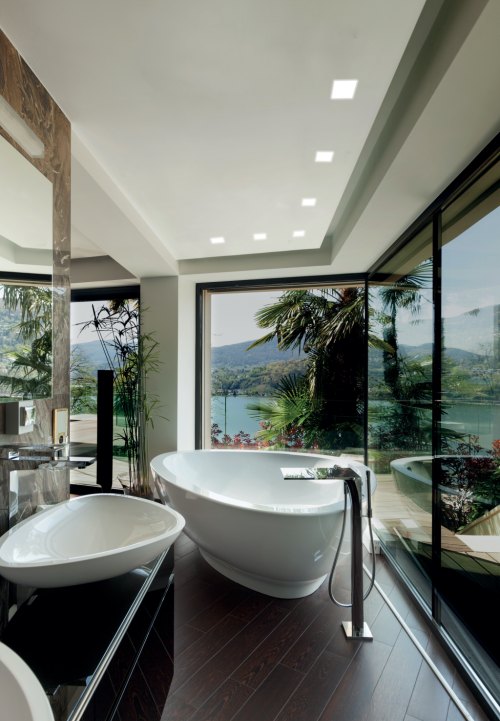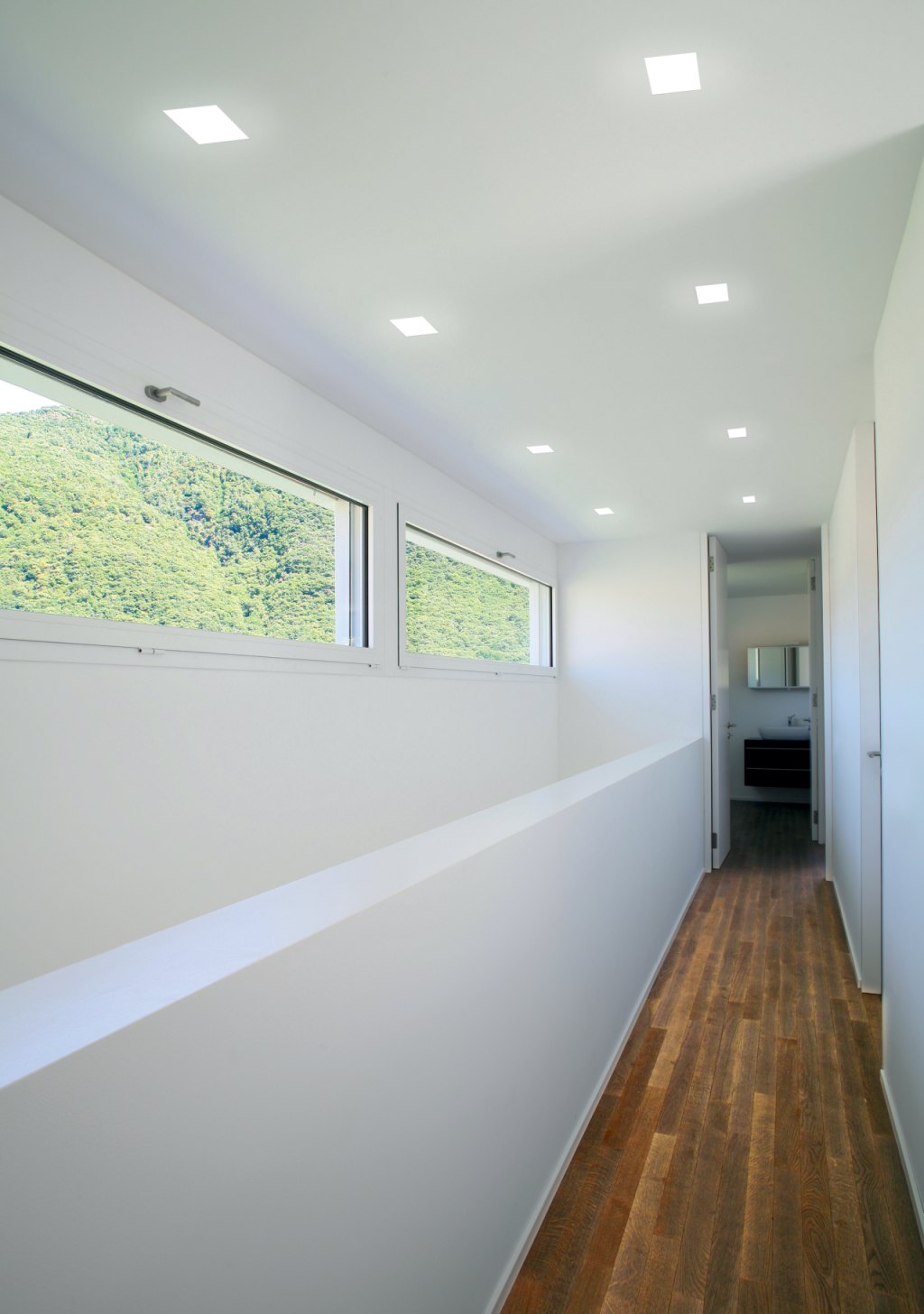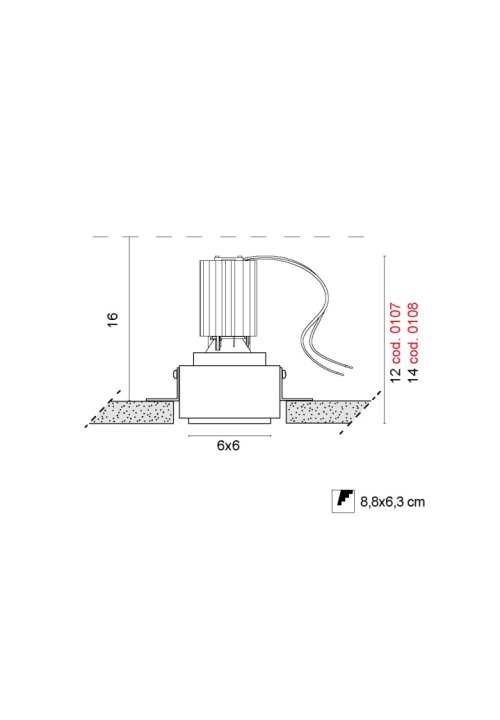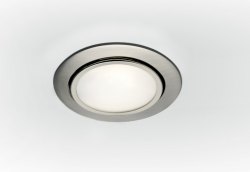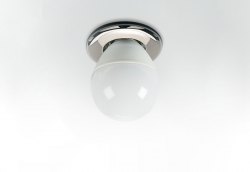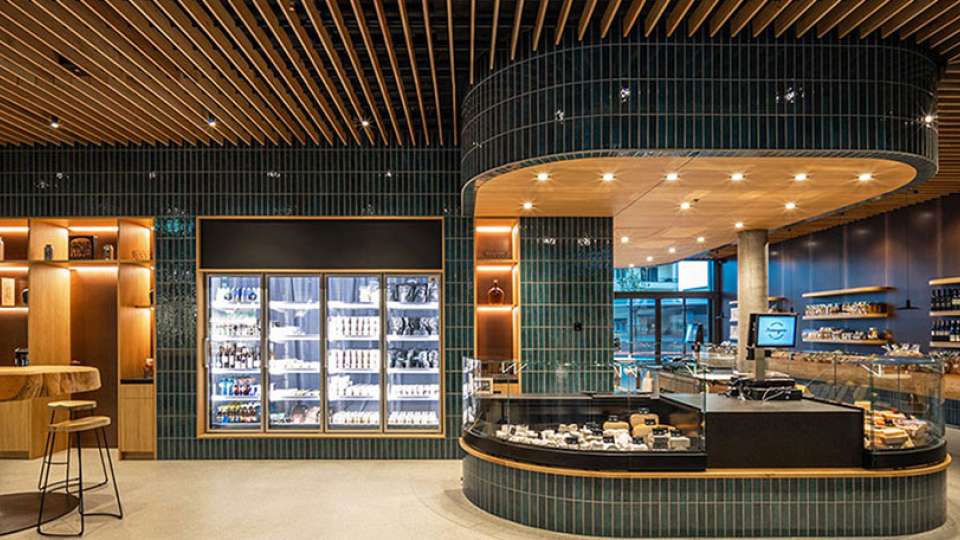KUMA 6685
Gallery
Trimless recessed spotlight for plasterboard false ceilings with diffused light, with galvanized iron body and satin methacrylate diffuser.
The installation involves fixing the body by means of a system that can be adapted to the different thicknesses of the plasterboard and subsequent grouting, smoothing and painting.
The electrical components are inserted later and can be easily removed for maintenance. The final result provides for the complete integration of the light body with the architecture without the presence of protrusions or external frames.
KUMA allows the use of COB LED, latest generation light sources, to be ordered separately.
The COB LED modules are available with different shades of white light, 2700K, 3000K and 4000K and with different optic beams, 24°, 40° and 60° or with satin glass to diffuse the light.
The LED modules, for their operation, require a special driver to be ordered separately. Dimmable drivers with PUSH, 1…10V, DALI or phase-cut control and control units for emergency lighting are also available.
Last updated 08/06/2023
info request
